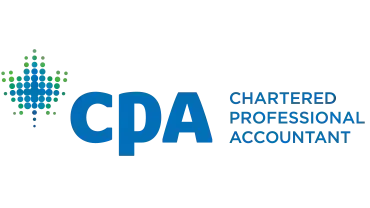If You’re Paying Yourself a Dividend From Your Small Business Then Watch Out For These Pitfalls
When you own a small business , you have two basic methods to compensate yourself: Salary or dividends. Often, the decision is made based on an owner-manager’s personal tax situation, whether or not family members will be paid, or a multitude of other factors that may have an effect on the net tax burden of the transaction.
This article considers the non-tax planning aspects of paying oneself, or a related person, a dividend and the multitude of tax or legal traps an owner-manager of a closely held corporation can fall into without proper planning.
Directors' liability — Corporate law “solvency tests”:
Small businesses may be in a position where the liabilities on their balance sheets exceed the assets leading to a corporate deficit. When such conditions exist the corporation’s board must exercise caution when making shareholder distributions such as dividends.
Under most corporate statutes in Canada, a corporation must satisfy “solvency tests” before it can undertake certain transactions such as dividends to shareholders. If it is reasonable to believe that the corporation will have an inability to pay liabilities as they become due (the “liquidity test”) then a dividend or similar distribution may be prohibited.
Under the Canada Business Corporations Act (“CBCA”) , for example, directors who authorize dividends contrary to section 42 are jointly and severally liable to restore to the corporation the amount so distributed or paid and not otherwise recovered by the corporation.
Unpaid corporate taxes and dividends to shareholders:
What if your corporation owes income tax and you decide to pay yourself, your spouse, a minor, or anyone not dealing at arm’s length with the corporation a dividend?
Subsection 160 (1) of the Income Tax Act deals with such a situation. A dividend is considered to be a transfer of property in most cases (e.g. most “dividends” are cash dividends). In simple terms, the subsections states that a transfer of property to such an individual during a time where the corporation owes unpaid taxes, affords the Canada Revenue Agency (CRA) the ability to collect the unpaid taxes from the shareholder by making them jointly and severally liable for the balances owing.
This is important to know because many tightly held, family-owned corporations regularly use dividends as a form of “compensation” for work performed. Unfortunately, the tax legislation does not see it this way and often leaves shareholders surprised with a request from the CRA.
As we can see from the examples above, the decision to declare dividends is not as simple a process as many small business owners (or accountants for that matter) believe it to be. I have often seen examples of small business owners claiming dividends haphazardly without the appropriate legal documentation or legal advice. The decision to declare dividends, or to receive them for that matter, should be well thought out and guided by qualified legal and tax advisors.
Fabio Campanella CPA, CA, CFP, CIM, is a founding partner of Campanella McDonald LLP. He is a tax specialist , an investment advisor, and an estate and life insurance advisor licensed in the Province of Ontario. His practice focuses on building tax-efficient retirement and estate plans for entrepreneurs, retirees, and high-income earning professionals. You can access his website by clicking HERE .
JPM Services
Keep more of your hard earned money.
Information is one of the biggest keys to success when it comes to owning and operating a small business.



